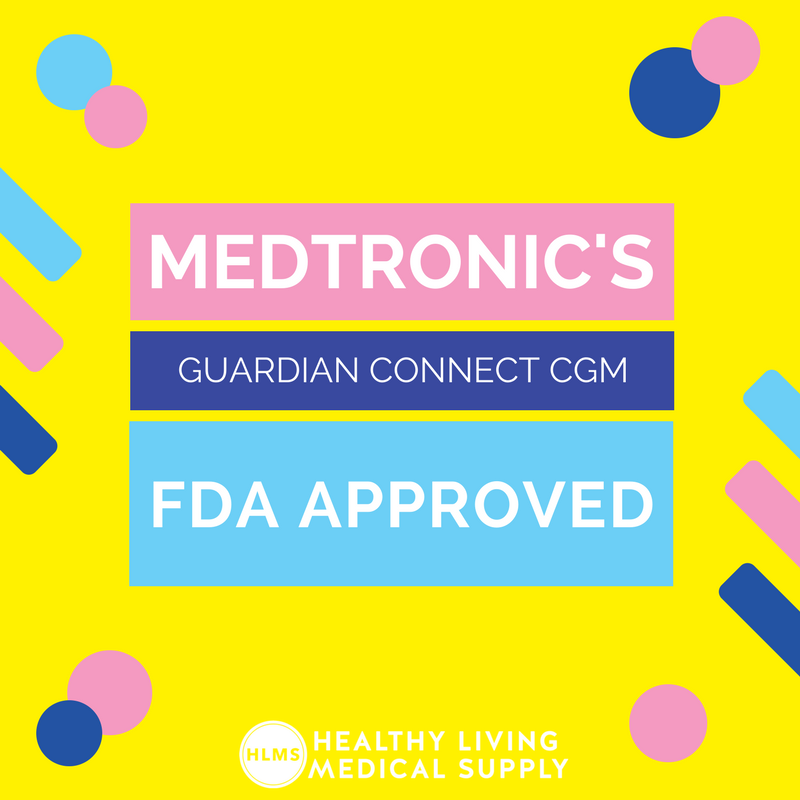Earlier this month, Medtronic announced that it is acquiring Companion Medical and its Bluetooth-enabled InPen. The decision will allow Medtronic and InPen to help more people with diabetes (type 1 and type 2) who take multiple daily injections of insulin (MDI). This acquisition also positions Medtronic in a new market with the opportunity to compete with others developing smart insulin pens, including Eli Lilly, Novo Nordisk, and Bigfoot Biomedical.
InPen is a reusable, Bluetooth-enabled smart insulin pen that works with short-acting insulin cartridges and makes insulin injection safer. This is the only FDA-cleared insulin pen that connects with an app to track data and give users personalized dosing recommendations. The InPen app offers a dosing calculator and also computes and displays real-time active insulin on board (IOB). It also allows remote monitoring; users can set the app to auto text message their dosing info to up to five people. The text message can include every insulin dose, as well as blood glucose and carb values. First cleared by the FDA in 2016, the InPen was later FDA approved for use by all ages in June of 2020.
Medtronic's Executive VP and President Sean Salmon addressed their expanded vision aimed at serving people “where they are in their diabetes journey” regardless of the insulin delivery method, in comparison with Medtronic’s original approach of only selling insulin pumps.
A worthy side note, before the purchase, Companion established agreements with both Dexcom and Senseonics for both CGMs to share data directly with the InPen app. Medtronic has stated that it does not plan to discontinue the ability of the InPen to communicate with the Dexcom CGM, even though Medtronic makes a competing product. It makes sense that down the road, Medtronic also plans to integrate its Guardian CGM with the InPen.



















